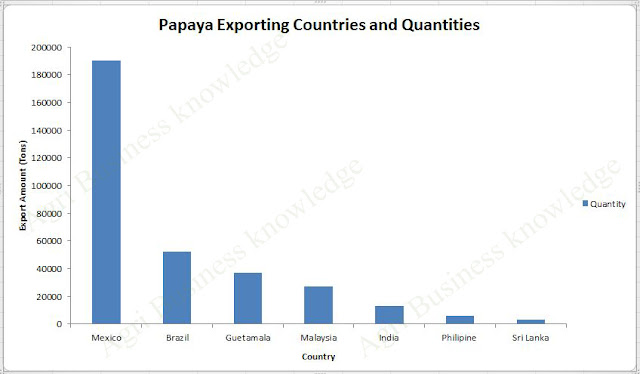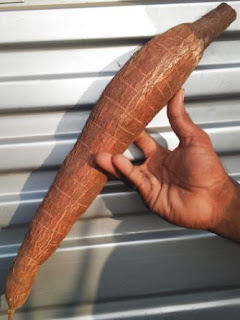Cassava also called as Manioc or tapioca roots is a very popular food among many and can be cultivated as an economically viable crop.
Cassava is one of the most grown crops in the world, especially in West Africa and South America. It is also known by the scientific name "Manihot Escalante". According to reports Nigeria is the top producer and owns 40% of all West Africa. While land preparation and treatment of cassava may seems complicated or threatening, it is a simple, step-by-step process, this article will take you through the high plantation procedures that will help to make your cultivation a success.
The use of Cassava
There are many benefits and nutritional benefits. In fact, it is used as a staple in many African countries and Asian countries. This clearly indicates that they make up about 60% of their daily diet. Below are some of the benefits of manioc.
- As a main meal.
- In the making of alcohol
- As an ingredient in animal feed.
- Fried Cassava To make Chips and Snacks.
The manioc can be classified into two main types, one with a bitter taste called "bitter manihot" and one with a sweet taste called "sugar manihot". It has been clearly demonstrated that both varieties can be grown using the same techniques.
Benefits of manioc
There is no doubt as to why manioc is grown in many parts of the world. Not only for export and revenue collection, but also for nutritional purposes. There are many benefits to the crop. The cause of heart attacks is the presence of cholesterol in the coronary arteries. This causes blockage of the vessels and therefore reduces blood flow. In this situation, a person may suffer from a heart attack. The manioc has a mineral content that can cleanse the depletion of cholesterol from your blood vessels. It also helps the digestive system and the kidneys.
Land preparation and environmental conditions
Manioc plants can survive on any type of soil, but sand and loam are the most favarable for optimal growth. This is due to the high soil moisture storage capacity of the two soils and the nutrients required for cassava tubers and leaves.
This crop grows well in acidic soils. pH range 4 - 6.8. Excessive alkaline soil can cause unwanted damage and impact on plants, including their products. Therefore, farmers check their fields for acid content to prevent this happening. They are interested in knowing what the acid range of their land is and so farmers test pH readings by using litmus papers or any other suitable method and apply lime to their fields to reduce the percentage of alkaline. This is done to regulate the alkalinity of their field, as lime contains acid.
At the end of the season, the key to a good harvest is temperature. The manioc works best when the temperature range is between 27-39 degrees Celsius. This growth can be supported by warm weather conditions and a humid climate.
Before planting, weeds should be completely removed from the field during the pre-planting season. This is often done by plowing the field two or three times to make sure every weed is gone. The amount of lime added to the field can be estimated at about 5.5 kg per hectare in some areas. The recommended spacing between plants is 1 m.






















